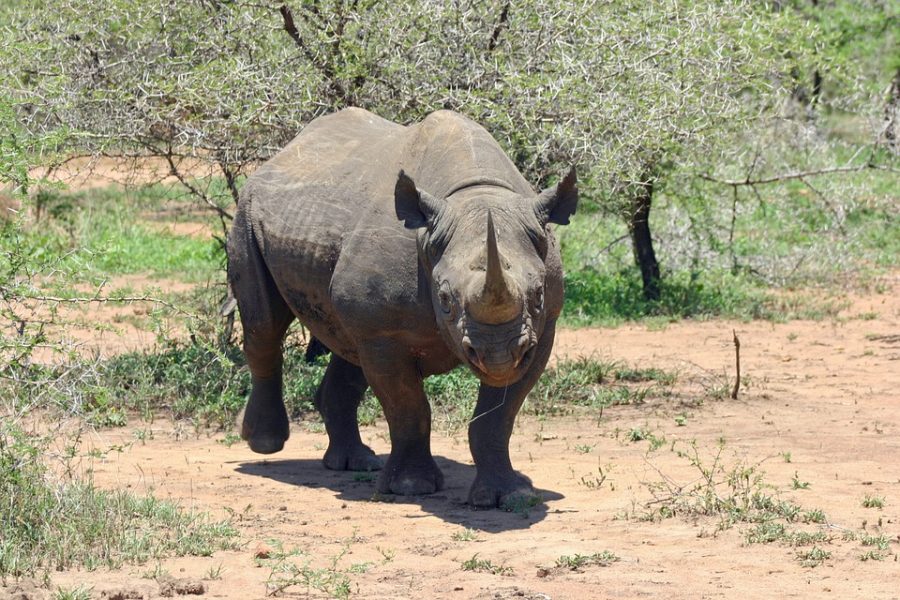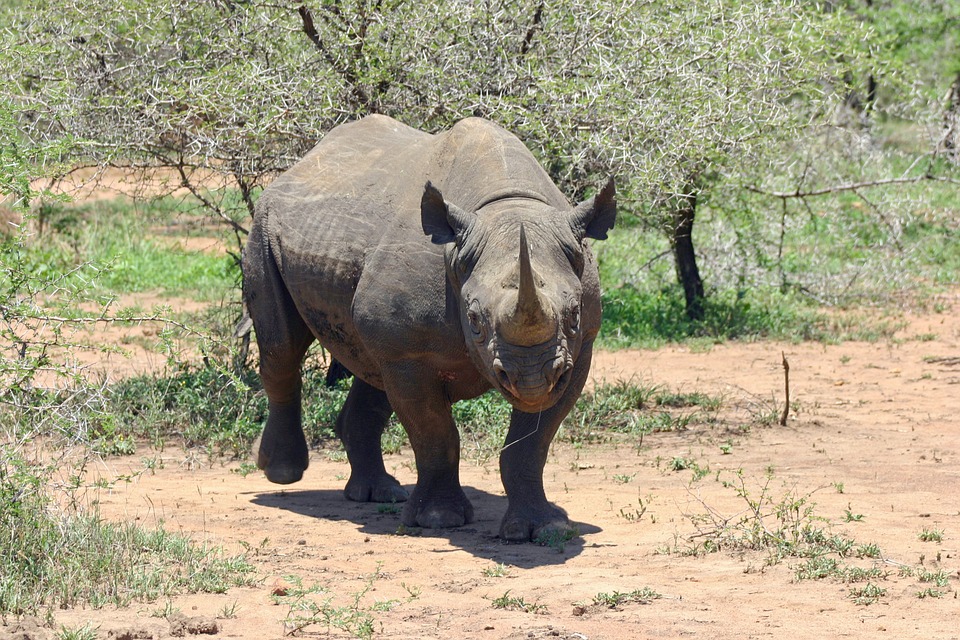
6 Black Rhino Successfully Relocated from South Africa to Chad
Six black rhino have been relocated from the Addo Elephant National Park in the Eastern Cape, South Africa, to Chad… in an effort to reintroduce the rhino to the Central African country, where rhino had become locally extinct because of poachers. South Africa’s Minister of Environmental Affairs, Dr Edna Molewa, was present to witness the […]

Six black rhino have been relocated from the Addo Elephant National Park in the Eastern Cape, South Africa, to Chad… in an effort to reintroduce the rhino to the Central African country, where rhino had become locally extinct because of poachers.

South Africa’s Minister of Environmental Affairs, Dr Edna Molewa, was present to witness the loading and departure of the rhino on 3 May 2018; and reported Friday morning that the rhino had safely arrived in the Zakouma National Park in Chad… where the last black rhino (Diceros bicornis longipes) was seen 46 years ago in 1972.
Zakouma has experienced a dramatic decrease in poaching since 2010, with the local elephant population increasing for the first time in more than a decade.
“I am delighted that South Africa’s conservation success is able to contribute to the return of such an iconic species to a sister country,” said Molewa. “My fervent hope is that these rhinos will serve as a catalyst for economic growth, particularly in the conservation and tourism fields, in Chad.”
The rhino were captured by SANParks and kept in bomas for three months before being transported from Port Elizabeth by an Antonov, accompanied by a team of vets to care for them during the 15-hour flight to Chad.
This is part of an initiative to translocate and reintroduce rhino to Chad, and comes following a Memorandum of Understanding signed between Molewa and Chad’s Minister of Environment and Fisheries in 2017.
“The MOU signed between Minister Mahamat and us in October established a bilateral custodianship arrangement between our countries, which means the rhino will be placed under the protective care of the Republic of Chad and that any calves born will belong to Chad, but can used to establish new rhino populations within the continent in line with the African Rhino Range States Conservation Plan,” said Molewa.
She said: “Translocation is but one of the interventions being implemented by South Africa a part of the Integrated Strategic Management of Rhinoceros Approach…
“We have also concluded Memoranda of Understanding with a number of other countries in the fields of Biodiversity Management and Conservation, namely Mozambique, Botswana, Tanzania, Kenya, Laos, Cambodia, Vietnam and China.”
The black rhino used to be found in 28 African countries, but is now restricted to South Africa, Namibia, Zimbabwe, Tanzania and Kenya, while Zambia, Botswana and Malawi support small recently-established fledgling populations.
Establishing new populations of black rhino in former range states remains a priority of conservation plans to reduce environmental risk and provide conservation flagships.
Black rhino have been translocated by SANParks to Botswana, Tanzania, Zambia, Malawi, Rwanda and white rhino have been moved to Botswana, Namibia, Zambia, and Mozambique. Rhino have also been translocated to Kenya and Swaziland by South Africa.
